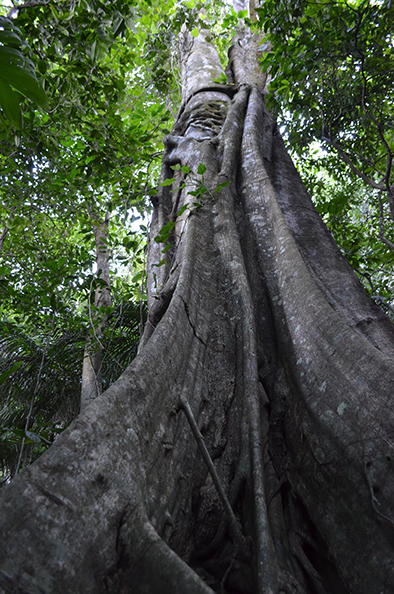Ecosystems are made up of diverse species of organisms that associate with each other and with their environment through a wide variety of interactions. These interactions may benefit, harm or have no effect on the interacting species. Thus, we have interactions that go from mutualism (when interacting species are benefited by interaction) to antagonism (when species are negatively affected by interaction).
Species can therefore establish symbiotic relationships from those that derive mutual benefit (for example, mycorrhizae and plants), can compete for food or habitat, or establish a predator-prey relationship.
The ecological interactions of the mutualistic type are established between diverse forms of life, from microorganisms, to plants, insects and large mammals, to obtain nutrients, disperse propagules or protect against natural enemies, among many others. Pollination, dispersal and symbiosis are typically mutualistic interactions. On the other hand, among antagonistic relationships is the competition that occurs through resources, space, couple, etc. and predation, characterized by the death of the prey that constitutes the food of the predator. Insects, pathogenic fungi and other microorganisms that consume fragments of other organisms are considered as particular types of predators, and these interactions are known as herbivory and parasitism. The consequences of these latter interactions depend on the intensity and duration of the interaction and rarely result in the death of the prey.
In tropical forests, interactions between plants rarely involve relationships as simple as those found in temperate ecosystems. Commonly, there are several species involved and the interactions change over time: for example, palm leaves that fall can kill tree seedlings.
Tropical forests are characterized by harboring a large proportion of the world's biodiversity. However, the diversity of interactions that occur between the organisms that inhabit these ecosystems is rarely considered. Interactions between species are important because they affect the growth, survival and reproduction of individuals, but also because they play a key role in community structure and ecosystem function. Therefore, a good knowledge of biotic interactions is essential to understand how tropical ecosystems work and to propose important measures for biological conservation.
On this site we include several presentations on plant-herbivore and plant-pathogen interactions, as well as a photographic collection to support teaching activities, not only at the undergraduate level, but also at the primary, secondary and high school levels. We hope that this didactic material will awaken the interest of the general public for the study and conservation of the tropical humid forest.
In addition, we hope that this teaching material will allow undergraduate students to identify the critical problems with which they are faced in the study of biotic interactions in tropical ecosystems, from basic ecological aspects, up to the role played by pathogenic fungi and insects as the pressure exerted by natural selection and biological adaptation.






